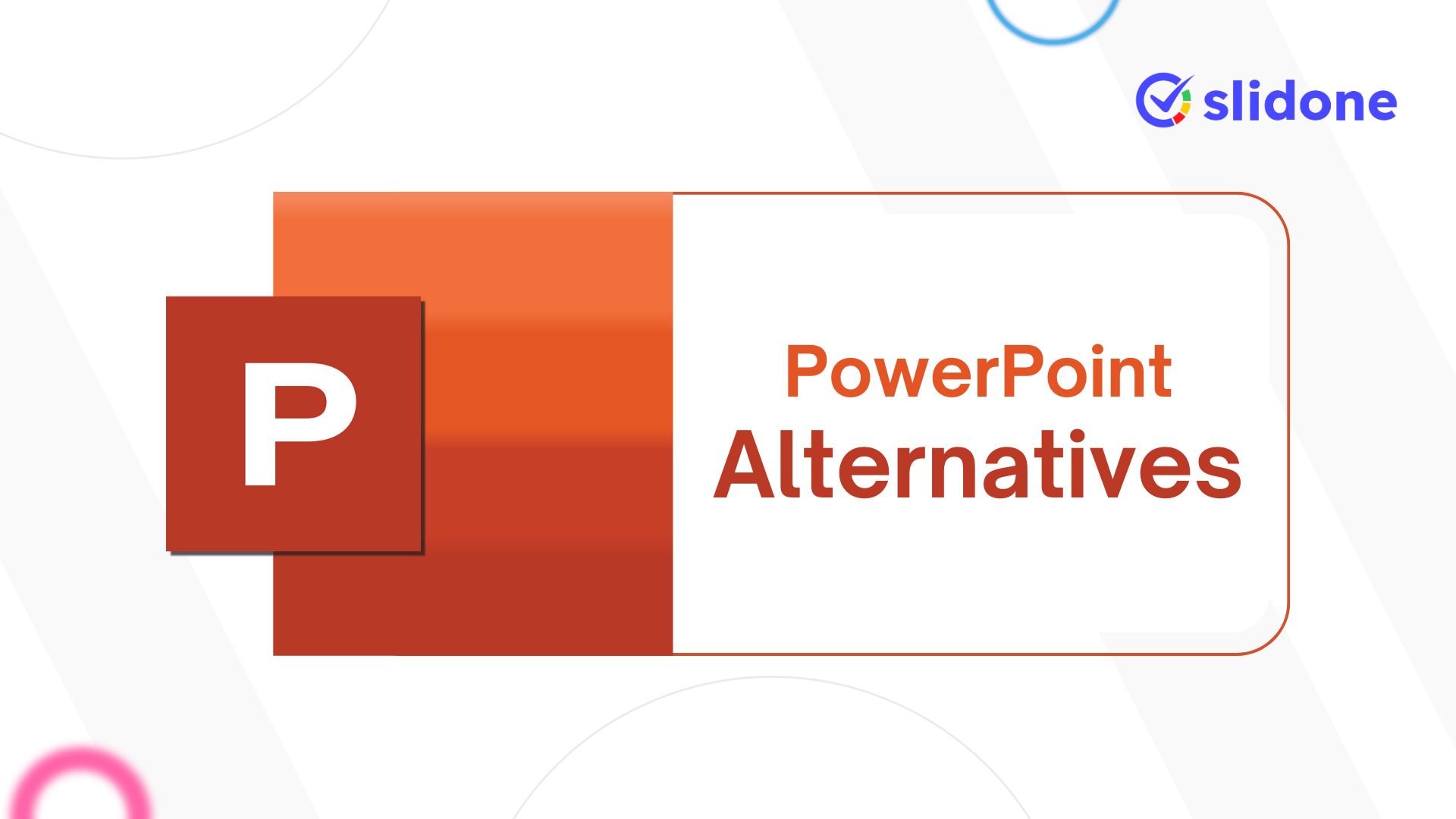Collecting feedback through online surveys is a preferred method for many organizations. These surveys offer numerous advantages, making them an effective and efficient way to gather information. In this blog, we will explore the key benefits of using digital questionnaires for feedback. We will highlight their effectiveness, cost-efficiency, and other strengths. By understanding these advantages, businesses can make informed decisions about incorporating online surveys into their feedback processes, ultimately enhancing their operations and customer satisfaction.
Easy to Create and Distribute
User-Friendly Survey Tools
Creating digital questionnaires is straightforward, the user-friendly digital survey tools like Slidone, Google Forms, and Type form. These platforms offer:
- Templates: Pre-designed templates that simplify the survey creation process.
- Customization: Options to personalize the survey with your brand’s colours, logo, and fonts.
- Question Types: A variety of question formats, including multiple-choice, rating scales, and open-ended questions.
These tools also provide intuitive interfaces that require minimal technical knowledge, allowing anyone to create professional surveys quickly.
Broad Reach
Digital questionnaires can be quickly and easily distributed to a large audience. Once you log in and create your survey questions on the Slidone platform, you have two options to reach your audience:
- Through QR Code: Your survey questions are assigned randomly generated QR codes. Your audience can simply scan the QR code to answer your questions.
- Through Unique Code: Your audience can join by entering randomly generated numbers and then answer your survey questions.
This broad distribution capability allows you to gather diverse and comprehensive feedback from a large group of respondents, enhancing the reliability and representativeness of your data.
Cost-Effective
Lower Costs
Conducting digital questionnaires is more affordable than traditional methods. Here’s why:
- No Printing or Postage: There are no costs associated with printing materials or mailing surveys.
- Affordable Plans: Many survey tools offer free basic plans and affordable premium options.
By eliminating these expenses, organizations can allocate resources to other important areas while still obtaining valuable feedback.
High Response Rates
The convenience of digital surveys often results in higher response rates:
- Ease of Access: Respondents can complete the survey on their computer or mobile device at their convenience.
- Reminders: Automated reminder emails can be sent to encourage participation, further boosting response rates.
Higher response rates mean more data to analyse, leading to more accurate and actionable insights.
Quick Data Collection and Analysis
Real-Time Data Collection
One of the standout advantages of digital surveys is the ability to collect data in real time. Responses are recorded immediately as they are submitted, allowing for:
- Instant Analysis: Quick access to data means faster insights and decision-making.
- Timely Adjustments: Immediate feedback can be used to make timely adjustments to strategies or actions.
Real-time data collection is particularly beneficial in fast-paced environments where quick decisions are crucial.
Automated Data Analysis
Online survey tools often include built-in analytics features:
- Data Visualization: Tools can generate charts, graphs, and summary reports automatically.
- Export Options: Data can be exported to various formats (e.g., CSV, Excel) for further analysis.
These features save time and effort in data processing and interpretation, allowing organizations to focus on implementing improvements based on the insights gained.
Flexibility and Customization
Diverse Question Types
Digital questionnaires support a wide range of question types, allowing you to gather different types of data:
- Multiple-Choice: For straightforward responses.
- Rating Scales: To gauge opinions or satisfaction levels.
- Open-Ended: To capture detailed feedback.
This flexibility enables you to design surveys that meet your specific needs and objectives.
Custom Branding
Surveys can be customized to reflect your brand’s identity:
- Logo and Colours: Add your logo and choose colours that match your brand.
- Personalized Messages: Include personalized messages to make the survey more engaging.
Branching Logic
Branching logic allows you to create a more relevant and personalized survey experience:
- Conditional Questions: Direct respondents to different questions based on their previous answers.
- Skip Logic: Skip irrelevant questions for certain respondents.
These features enhance the respondent experience and ensure that you gather the most relevant data.
Improved Accuracy and Honesty
Anonymity
Digital questionnaires can be designed to ensure respondent anonymity:
- Honest Feedback: Anonymity encourages more honest and candid responses.
- Sensitive Topics: Particularly useful for surveys on sensitive topics where respondents might hesitate to share openly.
Anonymity helps to reduce social desirability bias, leading to more accurate and truthful responses.
Reduced Bias
The automated nature of digital surveys helps minimize bias:
- No Interviewer Influence: Responses are not influenced by an interviewer’s tone or body language.
- Consistent Question Delivery: Every respondent receives the same questions in the same way, ensuring consistency.
This consistency improves the reliability of the data collected.
Environmentally Friendly
Paperless Process
Conducting surveys online eliminates the need for paper, which has several benefits:
- Reduced Environmental Impact: Less paper usage means fewer trees cut down and less waste.
- Sustainability: Aligns with green and sustainable business practices, which can enhance your organization’s reputation.
Versatility in Application
Various Use Cases
Digital surveys can be used in many different contexts:
- Customer Feedback: Gather feedback on products or services.
- Employee Engagement: Assess employee satisfaction and gather suggestions.
- Market Research: Understand market trends and consumer preferences.
- Academic Research: Collect data for academic studies or projects.
Their versatility makes them a valuable tool for collecting feedback across various industries and scenarios.
Longitudinal Studies
For research requiring data collection over time, digital surveys are ideal:
- Follow-Up Surveys: Easily send follow-up surveys to the same respondents.
- Trend Analysis: Compare responses over time to identify trends and changes.
Longitudinal studies can provide deeper insights into how opinions and behaviours evolve over time.
Enhanced Engagement
Interactive Elements
Modern digital surveys can include interactive elements to keep respondents engaged:
- Progress Bars: Show respondents how much of the survey they have completed.
- Multimedia Content: Include images, videos, and audio to make the survey more engaging.
These elements make the survey experience more enjoyable and can lead to higher completion rates.
Immediate Gratification
Online surveys can provide immediate feedback to respondents:
- Thank You Messages: Acknowledge respondents’ participation instantly.
- Summary Reports: Share a summary of their responses or the overall survey results.
This immediate feedback can enhance the respondent’s experience and encourage participation in future surveys.
Global Reach
Accessibility
Digital surveys are accessible to anyone with an internet connection:
- Diverse Populations: Reach respondents regardless of their geographic location.
- Convenience: Respondents can complete the survey at any time that suits them.
This global reach allows organizations to gather feedback from a diverse and representative sample.
Multilingual Support
Many online survey tools offer support for multiple languages:
- Language Options: Create surveys in different languages to accommodate non-English speaking respondents.
- Broader Participation: Ensures language is not a barrier to participation, leading to more inclusive feedback.
Conclusion
Online questionnaires offer numerous benefits for collecting feedback. They are simple to create and share, cost-effective, and allow for quick data collection and analysis. Their flexibility and customization options, along with improved accuracy and honesty, make them an attractive choice for organizations of all sizes. Additionally, they are environmentally friendly.
These surveys are versatile and can be used in various contexts, from gathering customer feedback to conducting academic research. They enhance engagement and can reach a global audience. By utilizing digital surveys, you can gain valuable insights that inform decision-making, improve products and services, and boost overall performance.
Incorporating digital questionnaires into your feedback collection strategies can drive positive outcomes for your organization. Whether you are seeking feedback from customers, employees, students, or any other group, these surveys provide a convenient, efficient, and effective method for collecting and analysing responses. Start using online surveys today and enjoy the advantages they offer.





Leave a Comment
Your email address will not be published. Required fields are marked *